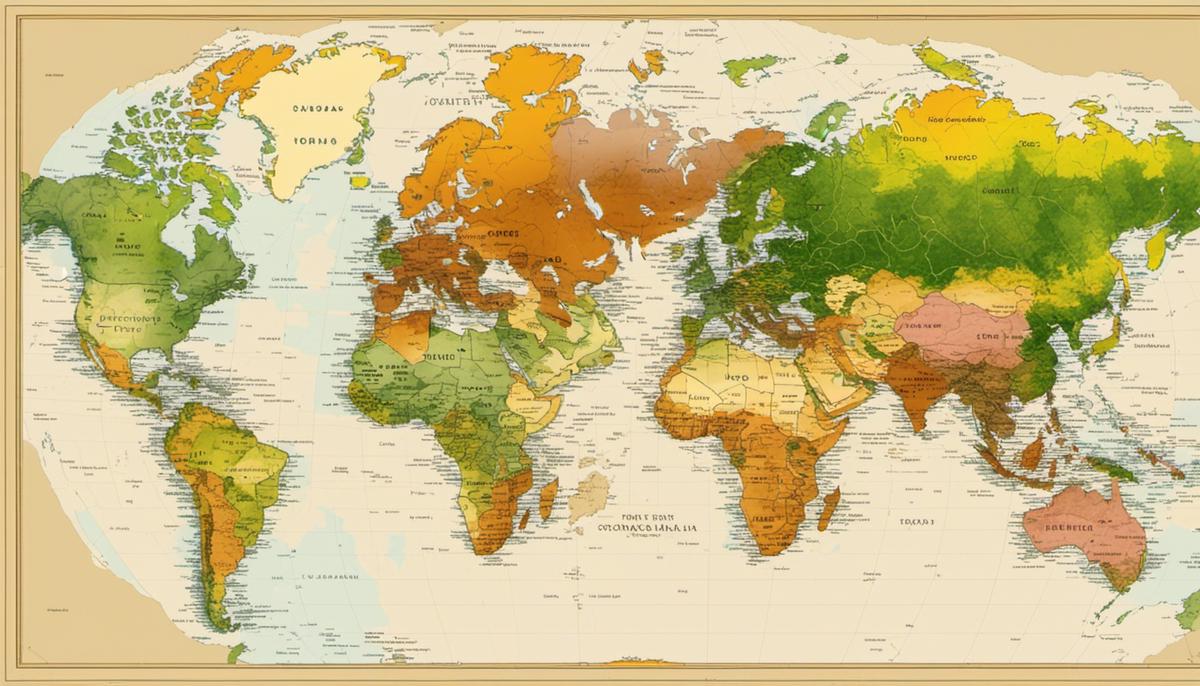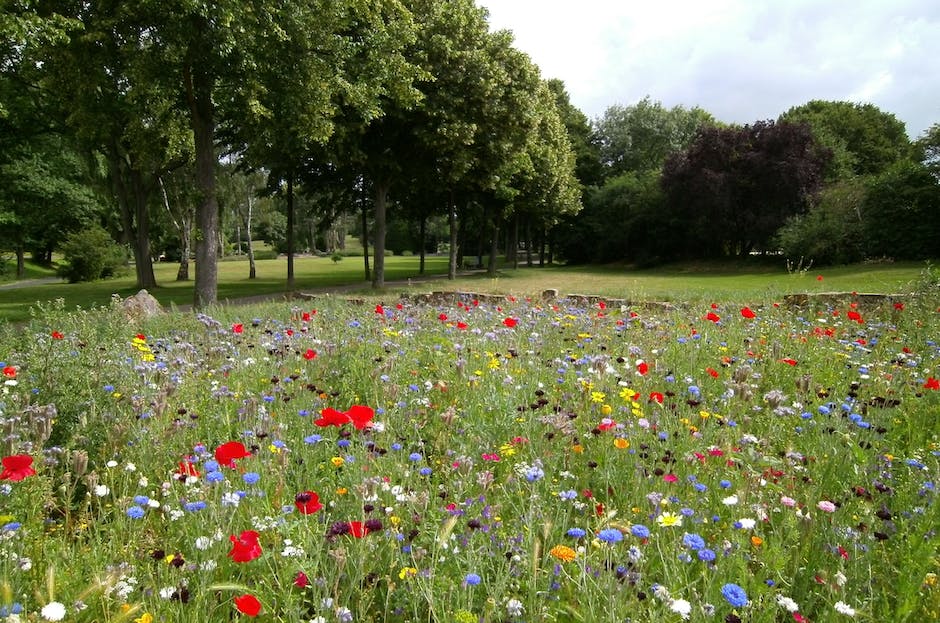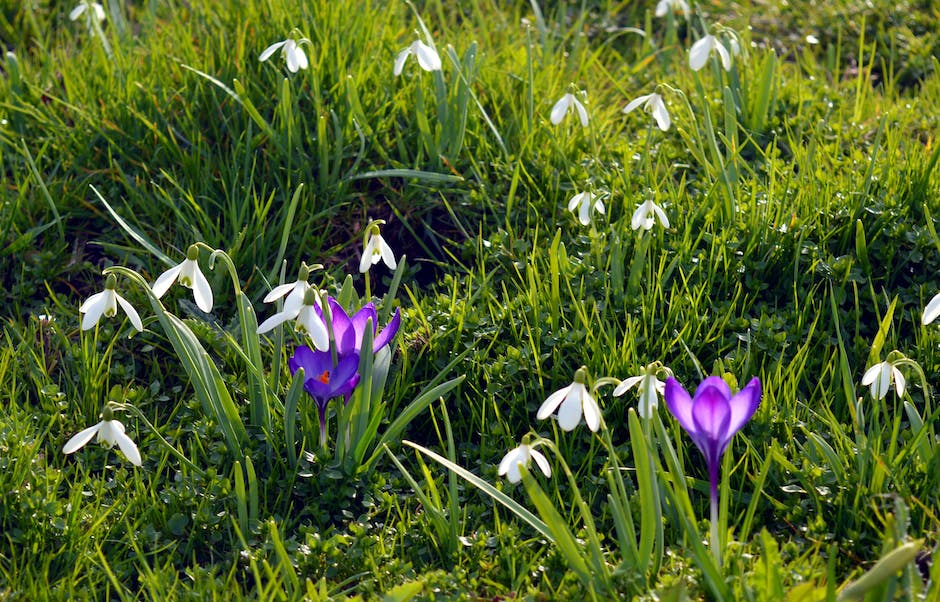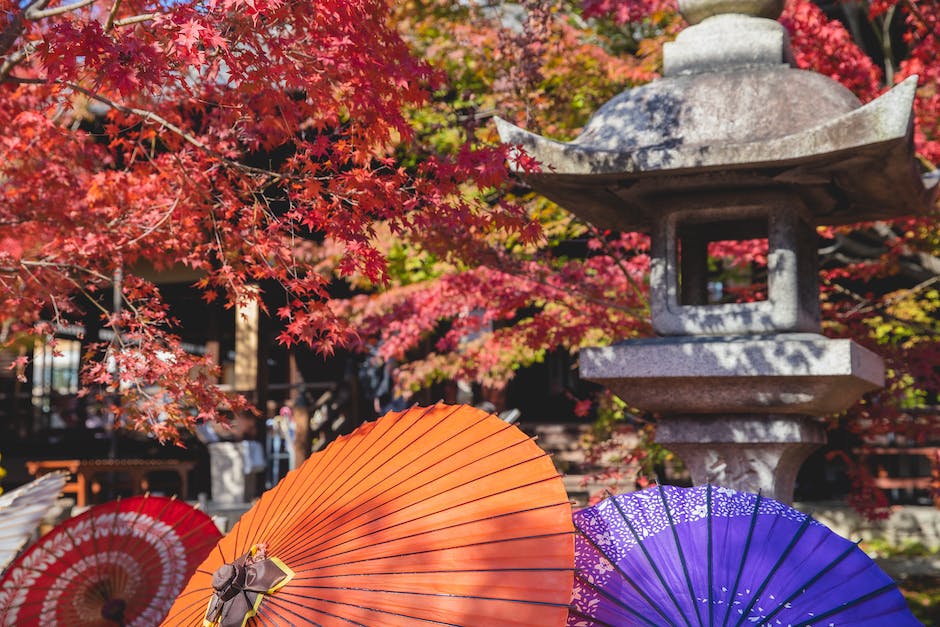Discovering New Jersey’s Planting Zones

The concept of plant hardiness and the United States Department of Agriculture’s (USDA) Planting Zones can be a vital resource in successful gardening. Understandably, it’s easy to get swept away in the excitement of starting a new garden and overlook these considerations. However, understanding your region’s zone and the climate can be the difference between a thriving garden or failure. The knowledge of these zones becomes especially crucial in regions with unique climate patterns and conditions, like New Jersey. This state has a diverse climate, dictated by varying weather patterns and landscapes, affecting what plant species can successfully grow there.
Understanding Planting Zones
Title: Demystifying USDA Planting Zones: Your Ultimate Guide to Success in Gardening!
Hey garden enthusiasts,
Let’s talk about an amazing tool for every seasoned or aspiring green thumb out there – the USDA plant hardiness zones. If you’re not already using this resource in your gardening strategy, you’re definitely missing out on achieving the best possible outcomes in your beautiful gardening endeavors!
So what are USDA Planting Zones?
USDA, the United States Department of Agriculture, created the Plant Hardiness Zone Map as a standard guide for gardeners and growers to easily comprehend the temperature extremities of every geographic region. This essential tool categorizes North America into 13 distinct zones, where each zone represents a 10-degree Fahrenheit difference in average minimum winter temperature. Zone 1b, for instance, is the coldest with temperatures plunging to below -45 degrees Fahrenheit, while Zone 13b represents the other extreme, where the mercury doesn’t dip below 65 degrees.
Impacting Gardening – How?
Understanding USDA planting zones becomes crucial when planning a garden. Each plant has its specific temperature range for growth and survival. Just as fish can’t live outside water, a plant that thrives in Zone 3 would struggle in Zone 7.
This is where the hardiness zone map plays a pivotal role. It’s your cheat-sheet to wisely select the right plants for your garden that will flourish in the local climate. Flavorful tomatoes, wonderful marigolds, or elegant pine trees – there’s an appropriate zone for all of them!
Using the Map – It’s Simple!
Utilizing this resource is as easy as pie. Simply check out the USDA’s interactive Plant Hardiness Zone Map online. Enter your zip code. Voila! You will promptly know your zone. Next, when investing in seeds or seedlings, verify their label or product descriptions. You’ll often find the compatible hardiness zone listed there.
Remember – These are Guidelines, Not Rules
As essential as the USDA zones are for successful gardening, they’re not the be-all and end-all. Other factors like soil fertility, sunlight availability, and moisture levels also play considerable roles in plant growth. View the Plant Hardiness Zone Map as a guide to aid your gardening decisions, but don’t forget to account for local conditions and variances within your own garden.
All said and done, USDA planting zones are an invaluable tool for every garden lover. By tapping into this ingenious system, we’re being proactive, eliminating guesswork, and setting our garden up for the best possible success.
So fellow garden enthusiasts, equip yourselves with the knowledge of USDA planting zones, and let’s take another step towards creating our dream gardens!

New Jersey’s Climate
Knowing the Planting Forecast: New Jersey’s Climate and Its Impact on the Planting Zone
Enthusiasts who have been planning and planting for the seasons understand well the weight that climate has on their beloved hobby. Recognizing this, it’s time to delve into New Jersey’s climate specifics and how it collaborates with the state’s planting zone.
New Jersey, the Garden State, has unique environmental elements that mold its USDA hardiness zones. Its strategic placement along the east coast offers a distinct climate, divided into three primary hardiness zones: Zone 6, 7, and a small fragment of Zone 5.
Zone 5 is the coldest among the three with temperatures diving as low as -20 to -10 degrees Fahrenheit, this little strip can be found in the mountainous areas in the northwest. While not as numerous as its warmer counterparts Zones 6 and 7, this zone can still support vibrant plant life like the adaptable sugar maple or the steadfast eastern redbud.
Shifting our gaze lower, Zones 6 and 7 blanket most of the state. Zone 6 experiences average extreme temperature lows from -10 to 0 degrees Fahrenheit, while Zone 7 enjoys a cooler range of 0 to 10 degrees Fahrenheit. The diversity in these zones allows for a broad selection of plant-life from the vibrant azaleas to the hardy hydrangeas and even delicious apples and peaches!
The diverse topography of New Jersey is well-complemented by its maritime influence: the Atlantic Ocean. This significant water body tempers the climate throughout most of the state, providing a more uniform temperature range and leading to longer growing seasons. It reduces the extreme winter chill and affords a reliable period for nurturing our beloved plant-life.
But as all garden enthusiasts know, climate goes beyond just temperature and seasons. The state’s annual rainfall also plays a role in nurturing its abundant flora. New Jersey’s annual precipitation is evenly distributed around the year, on average ranged from 40 to 51 inches. This regular distribution of rain can reduce the dependency on artificial irrigation systems and encourage the growth of a broad spectrum of plant species.
New Jersey’s wind patterns can also impact plant-life as they can both, aerate the soil and wear down or break less resistant plants. Typically, the state experiences winds from the west and northwest, but coastal areas might experience onshore breezes, requiring us to select wind-tolerant plant species.
There is also the soil – a gardener’s great ally or potentially tough challenge. It’s often overlooked but can significantly influence the hardiness zone’s plant compatibility. New Jersey’s soil ranges from sandy coastal soil to rich loamy and clay soil in the inner parts of the state. Recognizing the type you’re dealing with can unleash soil’s full potential, supporting the planting zone information to flourish various regional floras.
For all the ardent gardeners, the myriad elements that New Jersey’s climate offers align beautifully with the opportunities its hardiness zones present – a broad spectrum of plants to nurture, love, and bloom. Remember, the magic lies in understanding and optimally exploiting these variables to create your green oasis. Happy gardening!

New Jersey Planting Zone
Planting Zone Details of New Jersey
As a hub for gardening enthusiasm and horticultural discovery, New Jersey is teeming with an array of unique and captivating plant species. The Garden State is well-regarded for its diverse climate, influenced by the Atlantic Ocean, annual rainfall, and wind patterns. Let’s delve deeper into New Jersey’s USDA hardiness zones and the multitude of plantable opportunities available with its climate and soil type.
New Jersey gets its nickname, the Garden State
, for a reason. It’s a veritable playground for gardeners and botanists alike, with varying climates suitable for a wide range of plants. Contributing to the state’s horticultural diversity are four USDA hardiness zones – Zone 6a, 6b, 7a, and 7b – spanning its territory. To unlock the full potential of gardening on this blessed land, understanding these zones is key.
Each zone signifies the average minimum winter temperature. In the case of New Jersey, Zone 6a experiences average winter lows between -10 to -5 degrees Fahrenheit, while Zone 6b has slightly warmer cold averages from -5 to 0 degrees. Moving to warmer Zones 7a and 7b, gardeners can expect minimum average temperatures of 0 to 5 degrees and 5 to 10 degrees, respectively.
But remember, it’s more than just the numbers. The Atlantic Ocean, a major player behind the state’s marinated mix of USDA hardiness zones, introduces warmer winds during winter, pushing up minimum temperatures along the coast. This impact broadens the spectrum of plants suited for coastal regions, accounting for the prevalence of Zone 7b in these areas.
Annual rainfall and wind patterns, too, paint a fascinating picture of New Jersey’s planting scene. Heavy autumn rain enriches the soil, potentially bolstering plant longevity and enhancing the appeal of species that thrive in well-watered conditions. Understanding local wind patterns can help select plants resilient to wind stress, bolstering your garden’s overall health.
Now, let’s talk soil. This is, often overlooked, but is just as important as other factors. New Jersey boasts a range of soil types, from sandy to clay, which differs significantly across hardiness zones. Soil can directly influence which plants will feel most at home, influencing both their growth rates and overall vitality.
These details play a starring role when designing the garden of your dreams. Embrace the unique opportunities New Jersey provides. Whether it’s the Japanese Maple, which flourishes in Zone 6, or the Oriental Lily, which thrives in Zone 7, imagine the vivid landscapes you can cultivate, regardless of whether you’re drawn to the brilliant hues of flowering plants or the soothing greens of foliage-rich species.
The majestic dance of the four seasons across New Jersey’s USDA hardiness zones creates a vibrant tapestry of horticultural splendour. With knowledge as your compass, embarking on a journey to explore the state’s vast flora potential can prove to be a rewarding venture, painting your everyday life in the vivid colors of nature’s bounty.

Having an understanding of your state’s USDA Planting Zone is an invaluable tool in planning and maintaining a successful garden. New Jersey, with its unique and varied climate, presents its own set of challenges and opportunities. Armed with this knowledge, you can navigate the garden center with confidence, selecting plants that will not only survive, but also thrive in our great Garden State. This understanding becomes a powerful tool in your hands, allowing you to optimize your garden based on the unique conditions of New Jersey, creating a greener and more beautiful landscape for all to enjoy.



